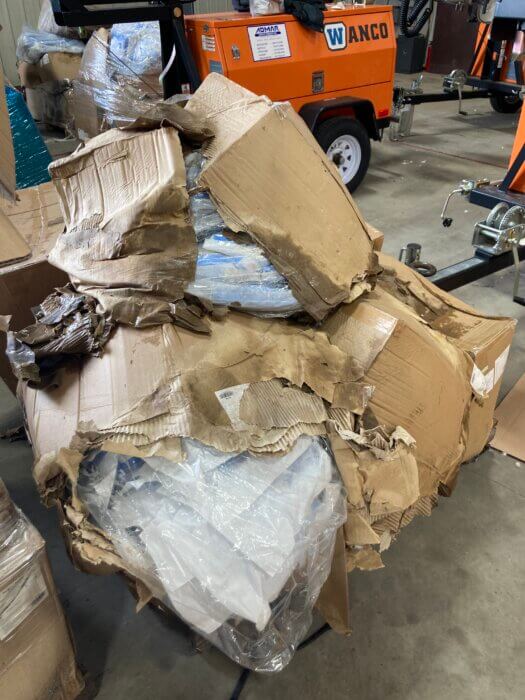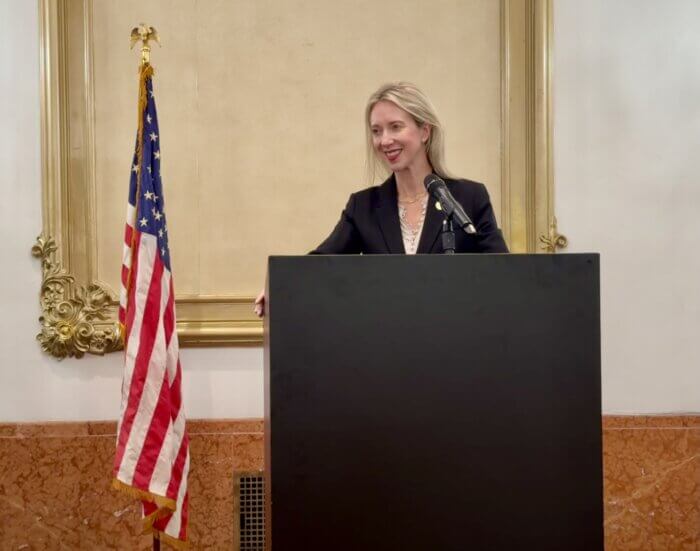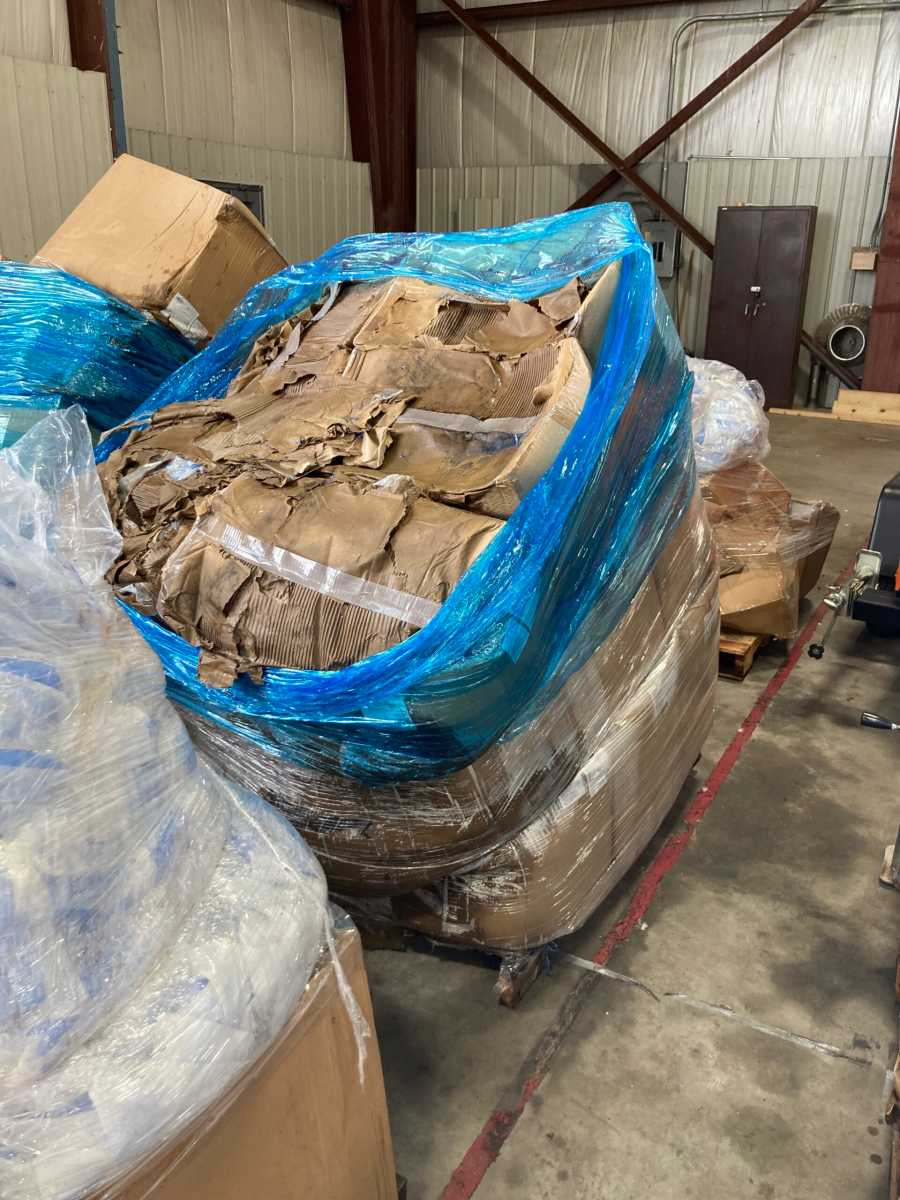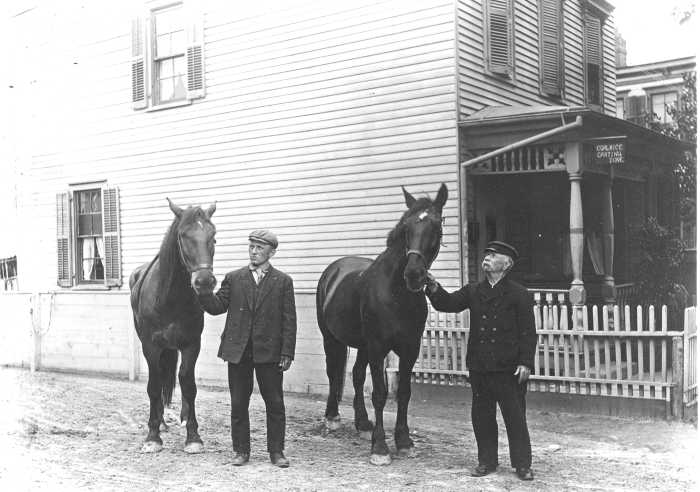While the nation struggled to cope with a global shortage of personal protective equipment (PPE) during the COVID-19 pandemic, doctors, nurses and frontline workers were dangerously ill-equipped to care for stricken patients, particularly in nursing homes across New York City.

A state probe has found that during the public health emergency, $560,000 worth of PPE, purchased by the state Department of Health (DOH) for use by the NYS Veterans Home at St. Albans, was ruined as a result of being stock-piled on tarp-covered, weather exposed pallets in a parking lot outside of the facility due to a lack of storage space and significant deficiencies in both intra- and inter-agency communications.

These, and additional findings were detailed in a report released Nov. 21 by New York State Inspector General Lucy Lang, who outlined her office’s comprehensive investigation into the issues surrounding DOH and St. Albans’ participation in a statewide “Aggregated Buy” of PPE organized by the New York State Office of General Services (OGS) in late 2020 in anticipation of a feared “third wave” in early 2021.
While acknowledging that the events detailed in the report took place against the difficult backdrop of constantly changing scientific predictions about the spread of the virus and significant logistical challenges, the inspector general’s investigation revealed that missed opportunities, insufficiencies in record keeping, staffing shortages and communication breakdowns both within DOH and with other agencies led to a significant waste of state resources.
More specifically, in November 2020, using its rate of PPE consumption from the height of the pandemic as a guide — as was suggested by OGS, but without taking into account on-site storage space ‚ St. Albans ordered over five million units of PPE. While administrators at St. Albans believed this PPE would be delivered monthly starting in December, purchase orders were not able to be submitted by DOH until February 2021. This delay, which was not communicated to St. Albans, resulted in a larger than anticipated, and ultimately not needed, delivery of PPE being made to St. Albans in mid-February 2021, exhausting their storage space, according to the investigation.
In the months that followed, PPE continued to arrive and when communication between the various stakeholders with an ability to address the growing storage crisis failed, the PPE was moved to the St. Albans parking lot, where it would slowly decay.
Ultimately, DOH and St. Albans determined that nearly all PPE stored outside at its facility had become unsalvageable, according to the report.
“Collaboration is vital to the effective operation of government, especially during times of crisis, including the one we are now facing in accommodating migrant and asylum-seeking communities.” Lang said. “As New York state continues to prioritize public safety and living our shared values by efficiently deploying resources, our report calls for increased and consistent communication to mitigate waste and save lives.”

She made several recommendations to the NYS DOH’s Health Facilities Management (HFM) unit which has oversight of state-run veterans homes to ensure greater communication between stakeholders, prioritize hiring for vacancies to lessen the burden on existing employees, develop policies and procedures to ensure proper record-keeping and ensuring staff awareness of the role the NYS Division of Homeland Security and Emergency Services (DHSES) in overseeing the inventory of equipment during emergencies.



































